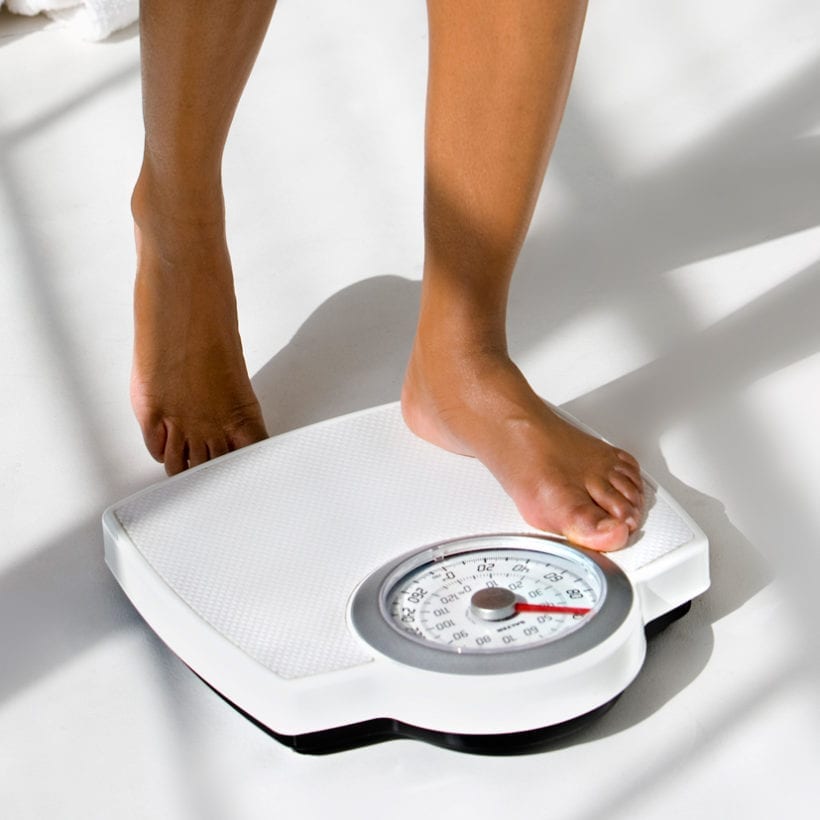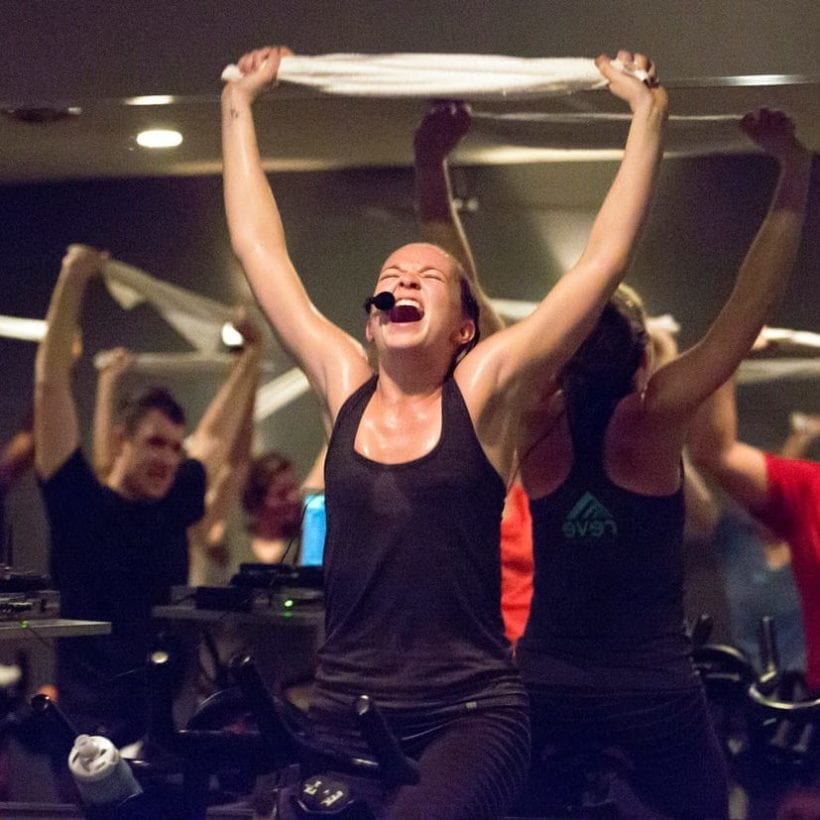We have enough stress at work and at home. So why should we also stress our bodies with grueling workouts all the time? After all, over-stressing the body in short bursts (think of popular HIIT) of effort can lead to sickness, burnout, long-term injury, and an increase in cortisol — the stress hormone. This is one of the main culprits in producing an excess of glucose that is then typically converted into fat, ending up as stored fat and making it harder to lose weight.
Because of this, there is more emphasis being placed on exercise that is meant to regenerate, calm the mind, but also burn calories and fat while also improving posture and physical and mental endurance. And it has a name: low-intensity, steady-state (LISS) training. “The main goal of LISS when I incorporate it into a client’s program is to help teach their body how to burn fat,” says Caroline Pilcher, Tier X Coach at Equinox. “Since LISS is in that fat burning zone the whole time, it is primarily using fat as fuel and therefore teaching the body how to burn fats effectively.”
What is LISS Cardio?
LISS training is essentially what it sounds like: a low-intensity cardio workout that lasts for typically 30-60 minutes spent at 50-65 percent of your max heart rate. Instead of pushing yourself for short bursts of intense work, you push yourself for exertion over a longer, continuous period of time. Though HITT is known to fire your metabolism and increase muscle mass and strength, LISS is known to help posture, eliminate pain, build endurance, and ultimately achieve longevity in fitness training.

“During HIIT, you are spiking your heart rate up really high and letting it recover. The goal is to increase calorie burn after your workouts and the true work actually comes in the rest periods of HIIT work,” says Pilcher. “With LISS you keep your heart rate at a steady rate the whole time. The calorie burn happens during.”
The mechanisms involved in all of this are the aerobic and anaerobic systems. LISS workouts like running, cycling and swimming are aerobic exercises, while HITT workouts like jumping or heavy lifting are anaerobic types of efforts. The aerobic and anaerobic systems refer to whether you are working with oxygen, or not. In anaerobic state, the body is working with oxygen and is able to supply blood flow to the working muscles sufficiently fast. But when doing anaerobic exercise, the intensity of the workout increases and the body can no longer circulate blood fast enough, which is the mechanism for getting oxygen into the muscles.
And so, there is a key physiological change when doing a LISS, aerobic type of exercise. One of the primary changes that happen is where your energy source comes from, which changes as your intensity builds.
“When you’re in an anaerobic state [like HIIT], you will fuel that exercise primarily with carbohydrates, the most readily available form of energy, so your body is going to pull on that to fuel anaerobic exercise,” says Jeff Douse, founder and owner of RacePace in Houston, Texas. But when doing a LISS exercise, your body will pull on fat for its primary source of energy.
Who Can Benefit From LISS?
This type of exercise is good for people with high stressors in their life, as they might actually benefit more from an exercise that is more calming and less damaging to the body. “Even if people don’t have a weight loss or body composition goal, using LISS for stress management is very effective and good for your mind,” says Pilcher. “Also, heart disease is one of the top killers, and everyone can use a little more heart health; LISS is a great way to do it at any fitness level.” Because of the nature of LISS exercise’s low impact on the joints, it can also be a good option for those recovering from an injury or starting out on their fitness levels.
Another key benefit is LISS’ ability to build up the body’s energy production process. “When training at low intensity, you’re building mitochondria — those big, powerhouse parts of the cells that increase your ability to supply oxygen to the body,” says Douse. “Not only can you build more, but you can also increase their density and power.” Which partly explains why LISS is effective at building endurance and stamina. “The aerobic engine is the big engine that’s going to power a lot of other exercises you might do, so it’s important to build that aerobic capacity.”

How Can You Implement LISS Into Your Routine?
The good news is that you don’t need to join a gym in order to implement LISS workouts into your routine. All you truly need is your body and a little time.
“The most common LISS workout you will see in the gym is incline walking on the treadmill or using the stair mill,” says Pilcher. “Outside, you can take a leisurely bike ride or go for a long walk. Other day-to-day tips include walking to work instead of Ubering or taking public transit. Also, finding a forest preserve you like to go to on the weekends and making it something you do with someone else keeps it interesting and fun.”
But it is important to be diverse in your exercise approach and regimen. “The aerobic system is ‘the big engine’ that’s going to power a lot of exercise regardless of the intensity, so combining low-intensity with HITT training will maximize overall development,” adds Douse. If you did a HIIT workout one day, a good way to rest your muscles and let them recover would be to do a light LISS activity the next day, like walking or hiking, which also helps your recovery by breaking down the body’s lactic acid buildup. “There are benefits for everyone to be training all those engines all the time, since all exercise is going to be relying on aerobic capacity to some degree.”
We only recommend products we have independently researched, tested, and loved. If you purchase a product found through our links, Sunday Edit may earn an affiliate commission.







